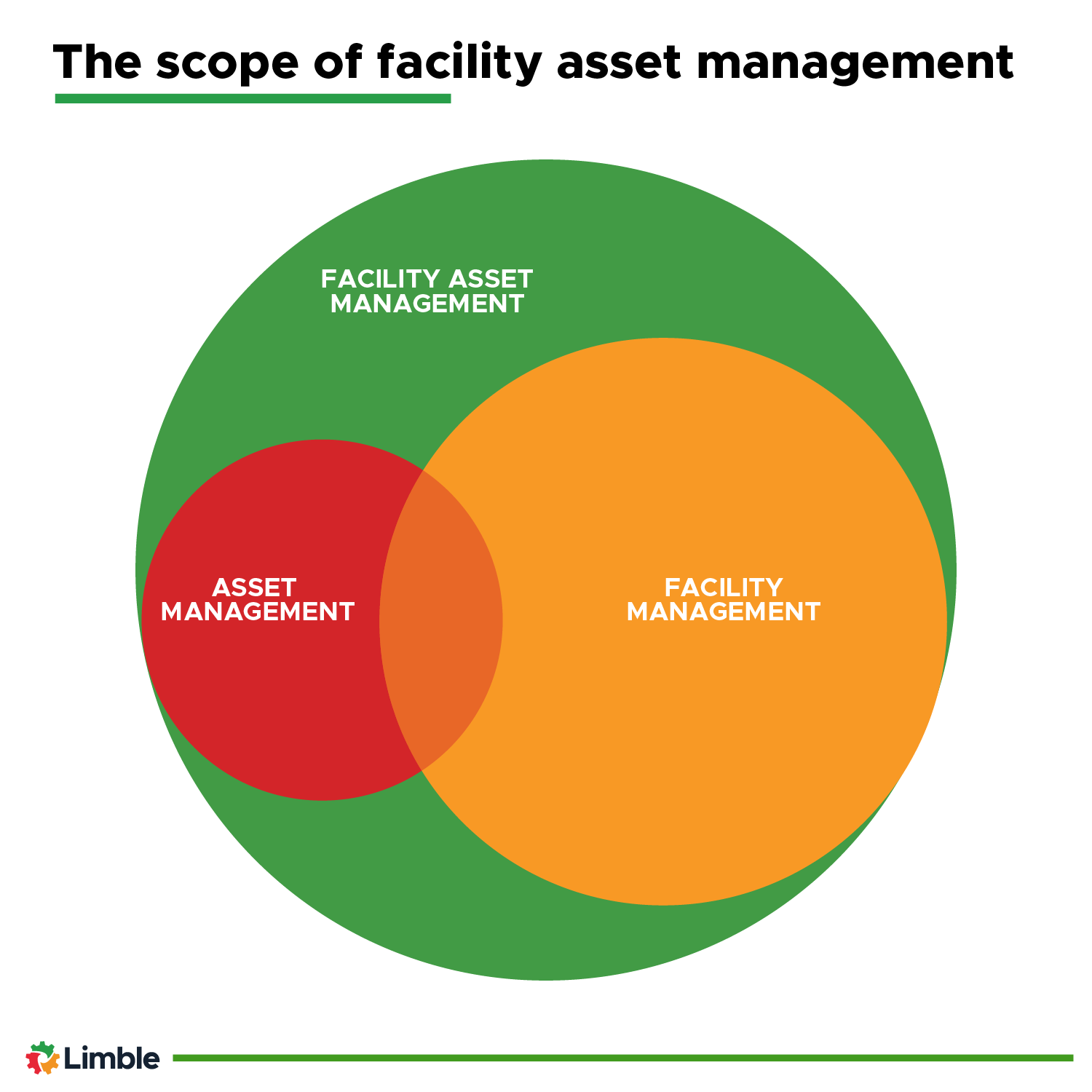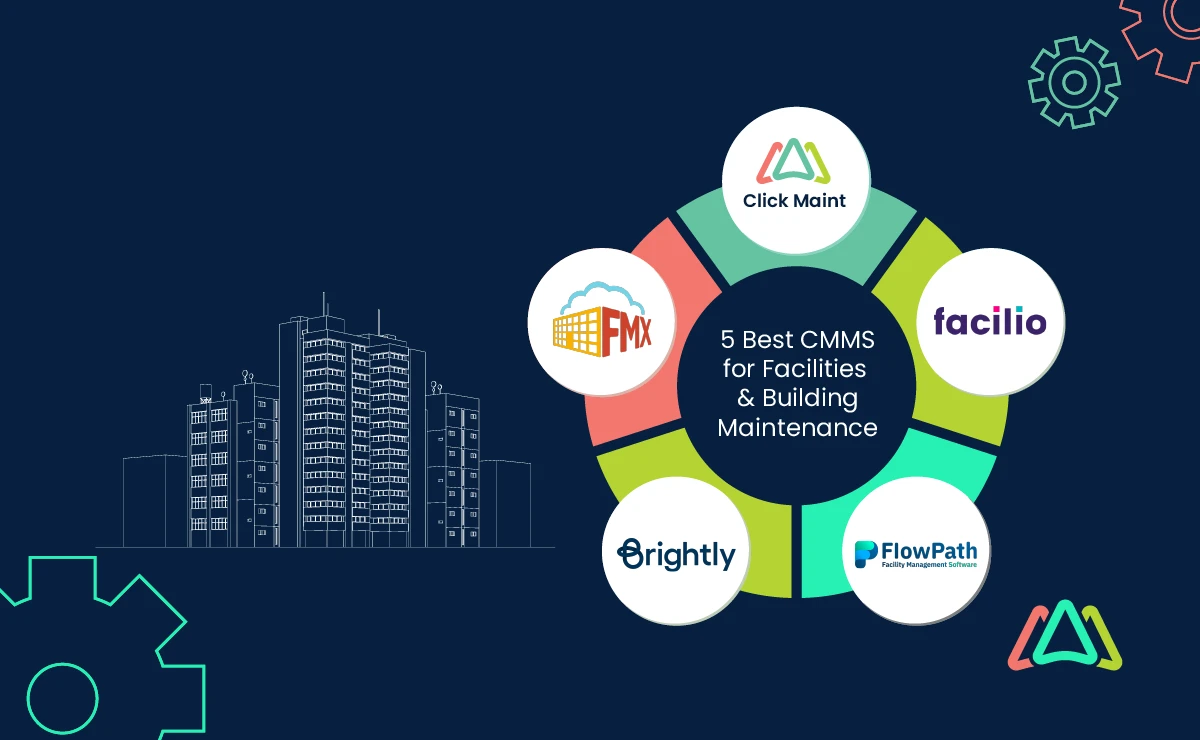Comprehensive Overview to Facility Management for Organizations
Comprehensive Overview to Facility Management for Organizations
Blog Article
The Important Overview to Facility Monitoring: Methods for Success
Facility administration plays a vital role in the total success of an organization, functioning as the backbone that sustains safety, performance, and productivity. By employing critical methods such as incorporated technical services and cultivating cross-departmental collaboration, organizations can dramatically enhance their operational structures. The subtleties of effective facility monitoring prolong past mere logistics and require a detailed understanding of both measurable and qualitative metrics. As we explore these necessary strategies, a closer evaluation exposes just how they can change not just facilities, but the very culture within a company itself. What might these changes appear like in method?
Comprehending Facility Administration
What constitutes effective facility administration? Efficient facility management encompasses the control of numerous business functions to ensure that built settings are secure, effective, and for efficiency. It integrates the principles of architecture, organization, and design monitoring to produce a seamless functional flow within a company.
Key aspects of center monitoring consist of room preparation, upkeep management, and compliance with health and security guidelines. Room preparation concentrates on enhancing making use of physical resources to support organizational goals, while maintenance administration makes sure that facilities are kept in optimum condition, taking full advantage of life expectancy and minimizing functional expenses. Compliance with regulative and lawful criteria is crucial, as it safeguards the organization versus possible responsibilities and boosts its online reputation.
In addition, reliable center administration relies upon the strategic use technology, such as Structure Monitoring Solution (BMS) and Computer-Aided Facility Management (CAFM) devices. These modern technologies assist in real-time tracking of building systems and streamline maintenance procedures (Facility Management). Ultimately, a comprehensive approach to center administration not only advertises functional performance however likewise fosters a favorable atmosphere for employees and site visitors alike, driving total business success

Key Methods for Optimization
Optimizing center management needs a strategic technique that aligns functional experiment organizational purposes. To achieve this, the very first essential method is the implementation of integrated technical services. Using advanced software application systems permits for real-time monitoring of center procedures, facilitating data-driven decision-making and improving overall performance.
Secondly, regular evaluations of facility efficiency are vital. Conducting regular inspections and audits enables facility managers to recognize locations that need improvement, guaranteeing that sources are designated properly. This proactive technique helps in lessening downtime and boosting solution distribution.
Another crucial method is cultivating cooperation throughout divisions. By encouraging open communication between teams, facility managers can better align their techniques with service objectives, causing boosted functional harmony. In addition, involving team in training programs advertises a society of liability and boosts their capacity to add to optimization initiatives.
Enhancing Safety And Security Protocols
Strengthening security methods is important for producing a safe and secure setting within centers. A detailed safety and security method not just secures visitors and employees but additionally boosts operational effectiveness. Facility Management. To attain this, center managers should carry out routine risk assessments to guarantee and identify possible dangers that appropriate measures remain in area
In addition, clear communication networks must be established to report safety and security issues without delay. This includes producing an accessible system for workers to articulate prospective risks or occurrences without fear of . Additionally, leveraging modern technology can enhance precaution; for example, executing security systems and access controls assists keep an eye on center activities and restrict unauthorized access.
Finally, conformity with regional guidelines and sector requirements is non-negotiable. Routine audits and testimonials of safety and security protocols guarantee positioning with present regulations and best practices. By prioritizing these techniques, center supervisors can grow a society of security that secures all stakeholders and inevitably adds to the company's success.
Improving Office Setting
A favorable office setting significantly enhances employee spirits and performance, making it a critical emphasis for center official statement monitoring. To develop such a setting, center managers ought to prioritize several key elements, including ergonomics, aesthetics, and staff member involvement.
Ergonomic factors to consider are necessary to lessen physical stress and discomfort. This entails giving flexible furniture, proper illumination, and sufficient space for activity. These changes can result in decreased absenteeism and raised task complete satisfaction.
Visual appeals play a vital duty fit the workplace ambience. Making use of color psychology, natural lighting, and plant can promote a welcoming and boosting atmosphere. Thoughtfully made areas can boost creative thinking and boost general health.
Additionally, encouraging staff member interaction via comprehensive decision-making processes can improve the sense of possession and belonging. Gathering comments on workplace enhancements and involving employees in the layout process can bring about a more customized environment that satisfies their needs.
Finally, promoting wellness campaigns, such as wellness programs and leisure spaces, can even more add to a helpful office culture. By concentrating on these strategies, facility supervisors can effectively enhance the office environment, driving both worker contentment and organizational success.
Determining Success in Facilities
Gauging success in center management needs a thorough approach that assesses both qualitative and measurable metrics. Quantitative metrics usually consist of vital performance indicators (KPIs) such as area use prices, energy consumption, maintenance expenses, and tenancy degrees. These metrics provide a clear picture of operational effectiveness and economic efficiency, permitting center managers to identify areas for enhancement and criteria versus market standards.
Qualitative metrics, on the other hand, concentrate on individual fulfillment and staff member involvement. Studies and comments devices can evaluate how well the facilities meet the needs of residents, helping to evaluate the general workplace atmosphere. This element is important, as a pleased workforce is typically linked to enhanced efficiency and retention rates.
To efficiently measure success, facility supervisors should likewise consider incorporating modern technology, such as developing management systems and data analytics tools, to accumulate and assess pertinent information. On article source a regular basis examining both sets of metrics allows for a more well balanced sight of efficiency and notifies tactical decisions. Inevitably, an effective facility management technique depends upon a dedication to continual enhancement, guaranteeing that both functional performances and individual complete satisfaction are focused on.

Conclusion
In verdict, effective center management is crucial for improving organizational efficiency. By implementing integrated technical services, performing regular evaluations, and fostering partnership throughout departments, companies can attain ideal source allocation and operational performance. Prioritizing security methods and improving office environments even more add to my explanation increased worker contentment. Determining success with both qualitative and measurable metrics allows for continuous improvement, eventually leading to minimized functional prices and a more efficient business ambience.
Facility management plays a vital function in the general success of an organization, serving as the backbone that supports productivity, performance, and safety and security.Secret aspects of facility monitoring consist of area planning, upkeep monitoring, and compliance with health and safety laws.In addition, efficient facility management counts on the calculated use of technology, such as Structure Administration Systems (BMS) and Computer-Aided Center Administration (CAFM) tools. Inevitably, a detailed method to center monitoring not just promotes functional effectiveness but additionally promotes a positive atmosphere for employees and site visitors alike, driving general organizational success.
Inevitably, a successful center administration strategy pivots on a dedication to continuous renovation, making sure that both operational effectiveness and user contentment are prioritized.
Report this page